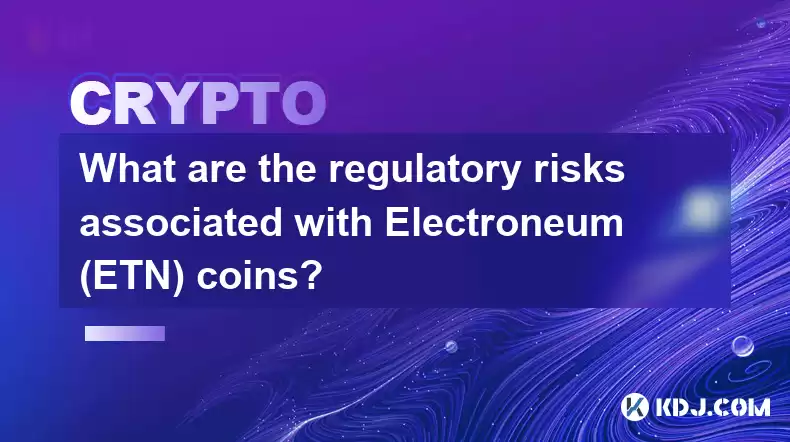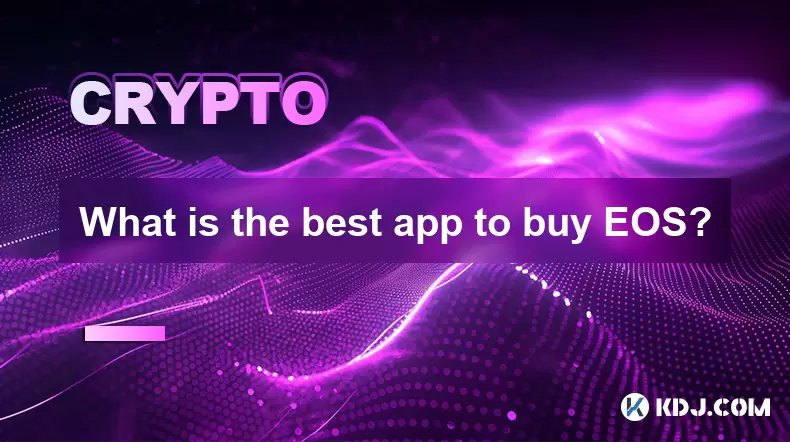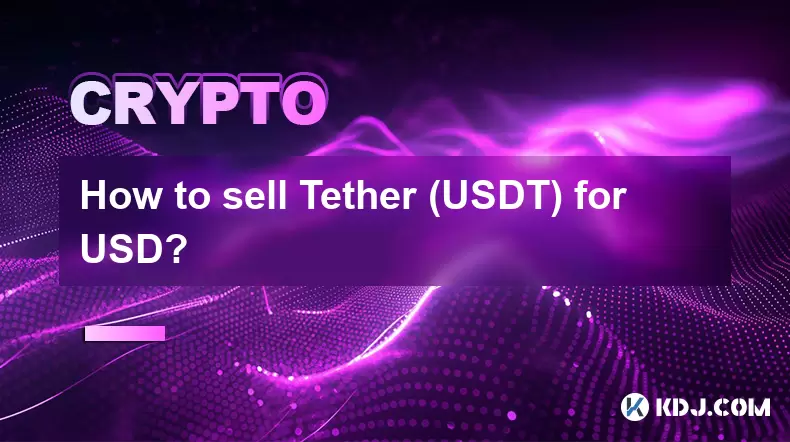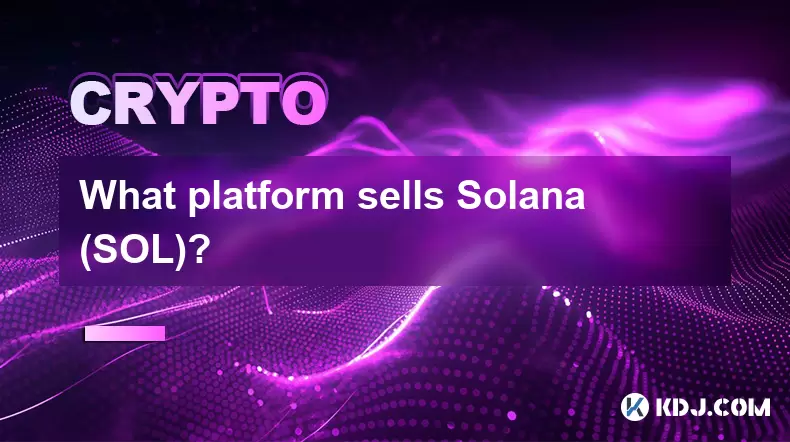-
 Bitcoin
Bitcoin $116200
1.84% -
 Ethereum
Ethereum $3841
6.86% -
 XRP
XRP $3.070
4.25% -
 Tether USDt
Tether USDt $1.000
0.02% -
 BNB
BNB $774.4
1.72% -
 Solana
Solana $172.3
5.17% -
 USDC
USDC $0.9999
0.01% -
 Dogecoin
Dogecoin $0.2136
6.85% -
 TRON
TRON $0.3391
1.21% -
 Cardano
Cardano $0.7667
5.76% -
 Hyperliquid
Hyperliquid $39.10
4.30% -
 Sui
Sui $3.724
9.37% -
 Stellar
Stellar $0.4139
5.86% -
 Chainlink
Chainlink $17.35
6.09% -
 Bitcoin Cash
Bitcoin Cash $573.7
2.52% -
 Hedera
Hedera $0.2518
5.39% -
 Ethena USDe
Ethena USDe $1.001
0.02% -
 Avalanche
Avalanche $22.68
3.57% -
 Litecoin
Litecoin $120.4
3.89% -
 UNUS SED LEO
UNUS SED LEO $8.951
-0.40% -
 Toncoin
Toncoin $3.312
4.62% -
 Shiba Inu
Shiba Inu $0.00001263
4.23% -
 Uniswap
Uniswap $10.14
6.89% -
 Polkadot
Polkadot $3.778
5.04% -
 Dai
Dai $1.000
0.01% -
 Monero
Monero $276.9
-4.52% -
 Bitget Token
Bitget Token $4.394
1.57% -
 Cronos
Cronos $0.1475
6.05% -
 Pepe
Pepe $0.00001081
5.27% -
 Aave
Aave $274.5
7.59%
What are the regulatory risks associated with Electroneum (ETN) coins?
Electroneum's mobile-centric design and focus on unbanked populations raise regulatory concerns, including money laundering and cross-border transaction issues.
Jan 01, 2025 at 12:09 pm

Key Points:
- Electroneum's (ETN) mobile-centric design and focus on unbanked populations raise regulatory concerns.
- The use of ETN for micropayments may encounter legal hurdles related to exchange and remittance regulations.
- Cross-border transactions involving ETN could trigger anti-money laundering (AML) and know-your-customer (KYC) obligations.
- Collaboration with regulated entities is crucial for Electroneum to mitigate regulatory risks.
- Transparency and compliance are essential to building trust with regulatory authorities.
Article Content:
1. Mobile-Centric Design and Unbanked Populations
Electroneum's mobile-centric design and focus on providing financial services to unbanked populations pose regulatory challenges. Many unbanked individuals lack access to traditional banking infrastructure or may reside in jurisdictions with limited financial regulations. Regulatory authorities may be concerned about the potential for Electroneum to be used for illicit activities or financial inclusion without adequate consumer protection measures.
2. Micropayments and Legal Hurdles
Electroneum's focus on micropayments raises legal hurdles related to exchange and remittance regulations. In some jurisdictions, micropayments may not be considered legal tender or may be subject to specific restrictions. Additionally, cross-border micropayments or remittances involving Electroneum could trigger reporting and compliance obligations for exchanges and users.
3. Cross-Border Transactions and AML/KYC
Cross-border transactions involving ETN could trigger anti-money laundering (AML) and know-your-customer (KYC) obligations. Regulatory authorities may require Electroneum to implement systems and procedures to monitor and prevent money laundering and terrorist financing. Exchanges and users may also be required to conduct due diligence and collect personal information for cross-border transactions involving significant amounts of ETN.
4. Collaboration with Regulated Entities
Collaboration with regulated entities is crucial for Electroneum to mitigate regulatory risks. Partnering with banks, financial institutions, and payment processors can help Electroneum demonstrate its commitment to compliance and provide a bridge to traditional financial systems. This can increase the trust and confidence of regulatory authorities and the broader public.
5. Transparency and Compliance
Transparency and compliance are essential for building trust with regulatory authorities. Electroneum should proactively disclose its operations, financial data, and compliance policies to demonstrate its adherence to regulations. Regular audits, independent risk assessments, and certifications can further strengthen Electroneum's reputation as a compliant and trustworthy entity.
FAQs:
Q: What specific regulatory concerns have been raised about Electroneum?
A: Regulatory concerns include the potential for use in illicit activities, financial inclusion without adequate consumer protection, legal hurdles related to exchange and remittance of micropayments, and cross-border transactions triggering AML/KYC obligations.
Q: How can Electroneum mitigate these regulatory risks?
A: Collaboration with regulated entities, transparency, compliance, and adherence to best practices can help Electroneum mitigate regulatory risks and build trust with authorities.
Q: What is the current regulatory landscape for Electroneum?
A: Electroneum is currently not subject to any specific regulatory framework, but it is likely to face scrutiny as its adoption and use grows.
Q: What actions can users take to minimize regulatory risks when using Electroneum?
A: Users should be aware of potential legal implications of micropayments, cross-border transactions, and comply with AML/KYC requirements. Engaging with regulated entities can provide additional protection and compliance assurance.
Q: What is the future of Electroneum in light of these regulatory risks?
A: Electroneum's success and sustainability will depend on its ability to address regulatory concerns and proactively engage with authorities. Collaboration, transparency, and adherence to regulations are key to its long-term growth and acceptance.
Disclaimer:info@kdj.com
The information provided is not trading advice. kdj.com does not assume any responsibility for any investments made based on the information provided in this article. Cryptocurrencies are highly volatile and it is highly recommended that you invest with caution after thorough research!
If you believe that the content used on this website infringes your copyright, please contact us immediately (info@kdj.com) and we will delete it promptly.
- Ollama Turbo & GPT-OSS: Revolutionizing AI Model Accessibility and Speed
- 2025-08-07 20:29:33
- Bitcoin Ordinals: NFTs Evolving Bitcoin or a Fleeting Fad?
- 2025-08-07 20:29:33
- BlockchainFX, Bitcoin Swift, Crypto Presales: What's the Hype?
- 2025-08-07 19:10:13
- Pepe Dollar (PEPD) vs. SPX6900: The Meme Coin Battle of 2025
- 2025-08-07 19:50:12
- XRP Investment Regret: Are You Missing Out on the Next Big Thing?
- 2025-08-07 19:50:12
- XRPINU: More Than Just a Meme? Roadmap, Liquidity, and the Future of Funny Money
- 2025-08-07 19:56:46
Related knowledge

Where can I buy UMA (UMA)?
Aug 07,2025 at 06:42pm
Understanding UMA and Its Role in Decentralized FinanceUMA (Universal Market Access) is an Ethereum-based decentralized finance (DeFi) protocol design...

What is the best app to buy EOS?
Aug 07,2025 at 04:35pm
Understanding EOS and Its Role in the Cryptocurrency EcosystemEOS is a blockchain platform designed to support decentralized applications (dApps) with...

How to sell Tether (USDT) for USD?
Aug 07,2025 at 03:29pm
Understanding Tether (USDT) and Its USD ValueTether (USDT) is a stablecoin designed to maintain a 1:1 value ratio with the United States Dollar (USD)....

What platform sells Solana (SOL)?
Aug 07,2025 at 08:50pm
Where to Buy Solana (SOL) – Trusted Cryptocurrency ExchangesWhen looking to purchase Solana (SOL), the most common and secure method is through reputa...

How to sell my Bitcoincoin for cash?
Aug 07,2025 at 02:14pm
Understanding the Basics of Selling Dogecoin for CashSelling Dogecoin for cash involves converting your DOGE tokens into a fiat currency such as USD, ...

What is Chainlink (LINK)?
Jul 22,2025 at 02:14am
Understanding Chainlink (LINK): The Decentralized Oracle NetworkChainlink is a decentralized oracle network designed to bridge the gap between blockch...

Where can I buy UMA (UMA)?
Aug 07,2025 at 06:42pm
Understanding UMA and Its Role in Decentralized FinanceUMA (Universal Market Access) is an Ethereum-based decentralized finance (DeFi) protocol design...

What is the best app to buy EOS?
Aug 07,2025 at 04:35pm
Understanding EOS and Its Role in the Cryptocurrency EcosystemEOS is a blockchain platform designed to support decentralized applications (dApps) with...

How to sell Tether (USDT) for USD?
Aug 07,2025 at 03:29pm
Understanding Tether (USDT) and Its USD ValueTether (USDT) is a stablecoin designed to maintain a 1:1 value ratio with the United States Dollar (USD)....

What platform sells Solana (SOL)?
Aug 07,2025 at 08:50pm
Where to Buy Solana (SOL) – Trusted Cryptocurrency ExchangesWhen looking to purchase Solana (SOL), the most common and secure method is through reputa...

How to sell my Bitcoincoin for cash?
Aug 07,2025 at 02:14pm
Understanding the Basics of Selling Dogecoin for CashSelling Dogecoin for cash involves converting your DOGE tokens into a fiat currency such as USD, ...

What is Chainlink (LINK)?
Jul 22,2025 at 02:14am
Understanding Chainlink (LINK): The Decentralized Oracle NetworkChainlink is a decentralized oracle network designed to bridge the gap between blockch...
See all articles

























































































